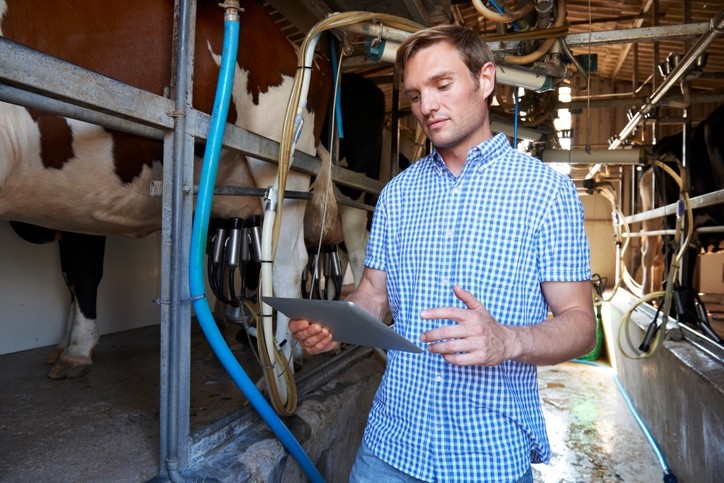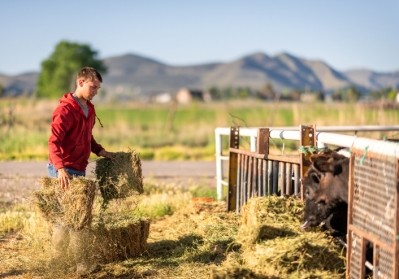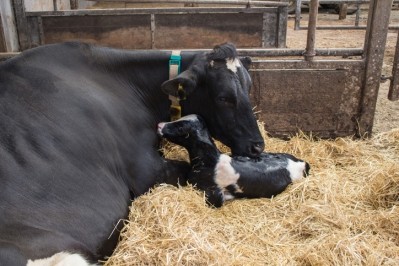Cargill calculator seeks to improve dairy returns by checking feed, milk components

The Minnesota-based agri-giant announced the launch of the online calculator for milk component efficiency earlier this month.
The component efficiency calculation system is one that the company has been using for some time while working to understand the scale, said Mike Messman, Cargill dairy strategic technology leader. Done by hand, the calculation requires several mathematical steps and the calculator simplifies the process.
“It takes time to collect enough data and review the information across a wide range of herds to establish a performance metric that is meaningful and relevant across the board,” he told FeedNavigator. “We believe strongly that this is something every herd can benefit from measuring and managing, and we want to provide it to the industry in a way that was easy to use and understand, which was why we decided to put it online.”
The free, online calculator can help producers see how efficiently their cows convert feed and forage into “pounds of milkfat and protein,” he said.
“The calculator will give them their efficiency percentage and let them know how their current level performs against other herds,” Messman said. “Do they have a herd of all-stars or a group of underdogs that need some help?”
Calculating herd profitability
“Component efficiency is a biological index of the performance of the cow on the diet in the herd environment,” said Messman. “It can help us evaluate the effectiveness of the diet, health of the animal and overall management approach.”
“It’s simple to measure, but extremely powerful to manage,” he added.
Improving component efficiency could support dairy producers’ economic returns because more than 80% of milk value is generated from the pounds of milk fat and protein included in the milk produced, according to project information. However, dairy feed costs can be more than 60% of the operational expenses at a dairy.
The calculating program can analyze the production of all types of dairy cows, said Messman. Its effectiveness is not limited to a specific species of cow.
“The calculation is at a herd level because most herds only have dry matter intake on a pen or herd average,” he said. “However, if they did have individual data on their cows they would be able to use the calculator.”
“The day we are able to compare each individual cow on component efficiency will be very powerful in helping dairy farmers make profitable decisions about which cows are truly profitable and which ones are eating them out of house and barn,” he added.
Dairies that address or improve the component efficiency of their herds have a way to improve their financial returns, he said. “That’s why we want to help dairies easily measure where they are today and plan how they can improve their component efficiency moving forward,” he added.














